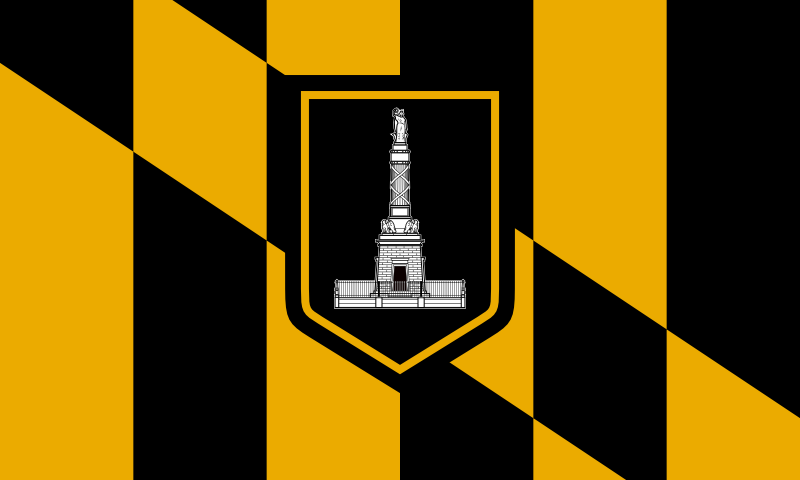Question 1: Constitutional Amendment – Declaration of Rights – Right toReproductive Freedom There is only one statewide question this year and it is for an amendment to the Maryland Constitution. This is an amendment to the state constitution affirming the …
Read More
